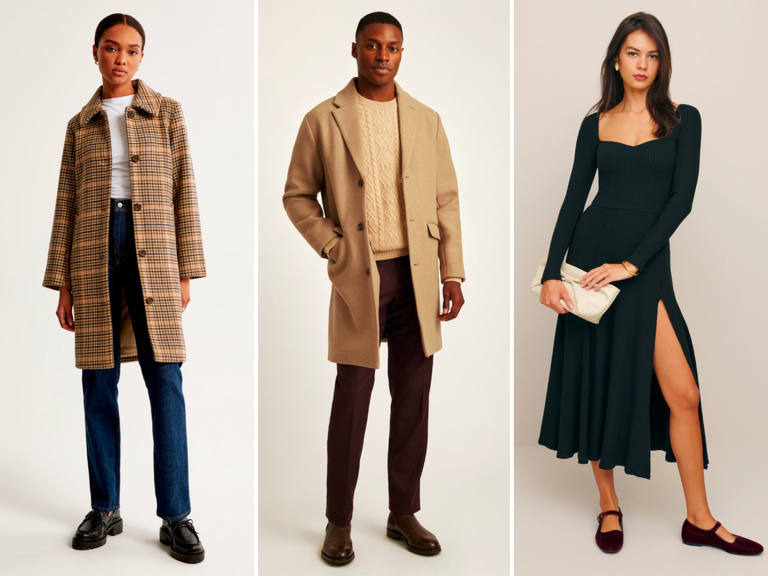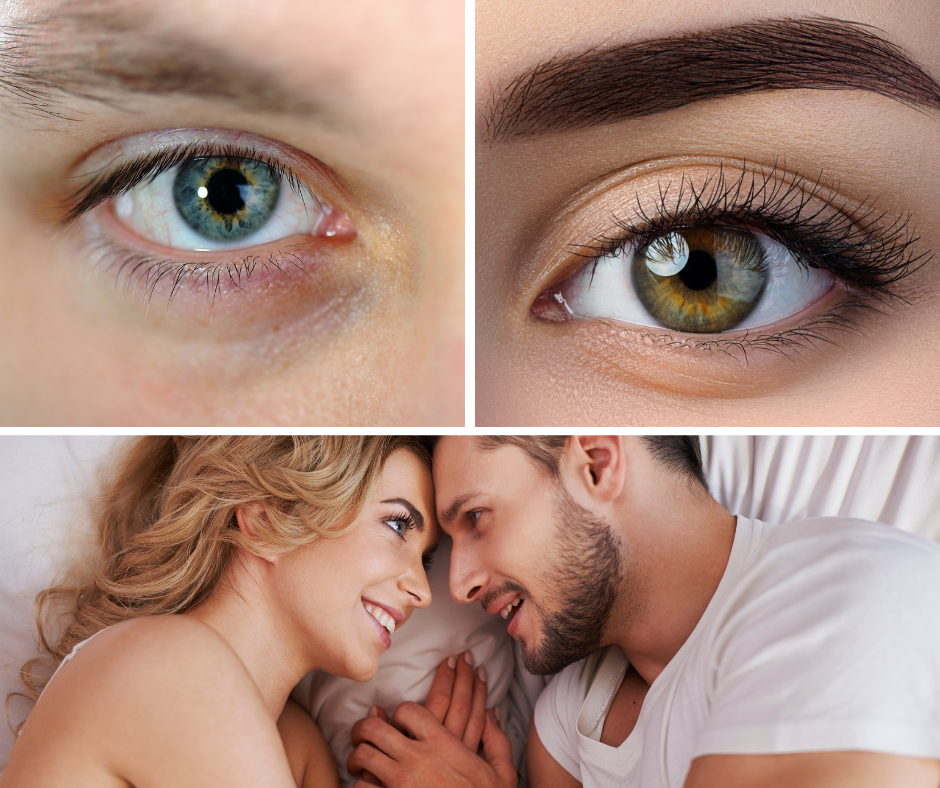Creating a home photo studio can transform your photography game. Learn how to set up a space that is perfect for capturing stunning images right from the comfort of your own home.
Creating a Professional Home Photo Studio: Everything You Need to Know
Setting up a professional home photo studio can greatly enhance your photography work. Whether you’re a professional photographer or an enthusiast, having a dedicated space to capture images can make a significant difference in the quality of your work.
To create a professional home photo studio, you will need to invest in the right equipment. This includes camera, lenses, lighting equipment, backdrops, and props. It’s important to choose high-quality gear that suits your needs and budget.
Setting up the space is also crucial. Make sure you have enough room to work comfortably and set up your equipment effectively. Consider factors like natural light, wall colors, and flooring when designing your studio space.
Lighting is one of the most important aspects of a photo studio. Invest in good quality lighting equipment such as softboxes, umbrellas, and reflectors to ensure you can control and manipulate light effectively.
Backdrops are another essential element of a photo studio. Choose backdrops that complement your subjects and the overall aesthetic you want to achieve in your images.
Finally, don’t forget about props and accessories. Having a collection of props can add creativity and interest to your photos. Experiment with different props to enhance your compositions and tell compelling visual stories.
By following these tips and investing in the right equipment, you can create a professional home photo studio that allows you to unleash your creativity and produce stunning images.
5 Composition Skills to use on EVERY Photo!
One Light Home Studio Set-Up Using LED, Behind The Scenes
How can I set up a photo studio at home?
Setting up a photo studio at home can be a fun and rewarding project. Here are some steps to help you get started:
1. Choose a suitable space: Select a room in your home that has enough space for your photography equipment and props. Consider natural light sources and the ability to control artificial lighting.
2. Lighting equipment: Invest in good lighting equipment such as softboxes, umbrellas, or LED panels to ensure proper lighting for your photos.
3. Backdrop: Set up a backdrop stand with different colored backdrops to create various looks for your photos.
4. Camera and lenses: Make sure you have a high-quality camera and a selection of lenses suitable for different types of photography.
5. Tripod: A sturdy tripod is essential for keeping your camera stable during photoshoots.
6. Props and accessories: Collect props and accessories that will enhance your photos and add interest to your shots.
7. Editing software: Invest in editing software such as Adobe Photoshop or Lightroom to enhance and retouch your photos.
8. Organization: Keep your equipment and props organized and easily accessible for efficient photoshoots.
By following these steps and continuously improving your skills, you can create a professional photo studio right in your own home.
How to set up a photo studio at home cheaply?
Setting up a photo studio at home inexpensively is possible with some smart choices and DIY solutions. Here are some tips:
1. Find a suitable space: Choose a room with good natural light if possible, like a living room or near a window.
2. Use available light sources: Natural light is free and great for photography. Position your subject near a window to take advantage of this.
3. DIY lighting: Create soft lighting by using white bedsheets or curtains to diffuse harsh light from lamps or windows.
4. Backdrop: A plain wall can serve as a simple backdrop. You can also get creative with fabric, paper, or even a painted wall for different looks.
5. Tripod: Invest in a good tripod to keep your camera steady and ensure sharp photos, especially in low light settings.
6. Reflectors: Use white foam boards or aluminum foil to bounce light and fill in shadows on your subject.
7. Editing software: Use free or affordable editing software like GIMP or Lightroom to enhance your photos after shooting.
By implementing these tips, you can create a functional home photo studio without breaking the bank. Remember, creativity and resourcefulness are key when setting up a budget-friendly photo studio at home.
Can I run a photography studio from home?
Yes, you can run a photography studio from home. With the advancement of technology and the availability of professional equipment at affordable prices, many photographers operate successful businesses from their homes. However, there are legal considerations to keep in mind, such as zoning laws, permits, and insurance requirements. Additionally, you may need to make adjustments to your space to create a professional studio environment. It’s essential to plan carefully and ensure that your home studio meets the necessary standards in terms of lighting, backdrops, and equipment. With the right setup and dedication, running a photography studio from home can be a rewarding and profitable venture.
How large should a home photo studio be?
The size of a home photo studio can vary depending on your needs and available space. However, a general recommendation is to have a minimum space of around 10×10 feet (3×3 meters) to comfortably set up your equipment and create a shooting area. This should provide enough room for a backdrop, lights, camera equipment, and space for you and your subjects to move around without feeling cramped.
Keep in mind that the size of your studio will also depend on the type of photography you plan to do. For example, portrait photography may require less space compared to product photography or group shots. Additionally, consider the height of the ceiling in your studio, as taller ceilings can offer more versatility when it comes to lighting setups and creative shots.
Ultimately, the ideal size for a home photo studio will be based on your specific needs, budget, and available space. It’s important to prioritize functionality and flexibility in your setup to ensure you can comfortably work and achieve the desired results.
Frequent Questions
What equipment do I need to set up a home photo studio?
The essential equipment you need to set up a home photo studio includes a camera, tripod, lighting equipment (such as softboxes or strobe lights), backdrops, and reflectors.
How can I create professional-looking lighting in a home photo studio?
To create professional-looking lighting in a home photo studio, use softboxes or umbrellas for diffused light, position your lights strategically to avoid harsh shadows, and consider investing in color temperature adjustable LED panels for versatility in different shooting scenarios.
What are some tips for organizing and optimizing space in a small home photo studio setup?
Utilize vertical space by installing shelves or wall mounts for equipment storage. Consider collapsible or multi-functional furniture to maximize space when not in use. Keep cables and cords organized with cable management solutions. Implement a designated editing station to keep work areas separate and clutter-free.
In conclusion, setting up a home photo studio can be a rewarding experience for photographers of all levels. With the right equipment and creativity, you can capture professional-quality images from the comfort of your own space. Remember to experiment, learn from your mistakes, and most importantly, have fun with your photography endeavors. Your home photo studio is a place where you can unleash your artistic vision and create stunning visuals that reflect your unique style and passion for photography. So, set up your space, get shooting, and let your creativity soar!






